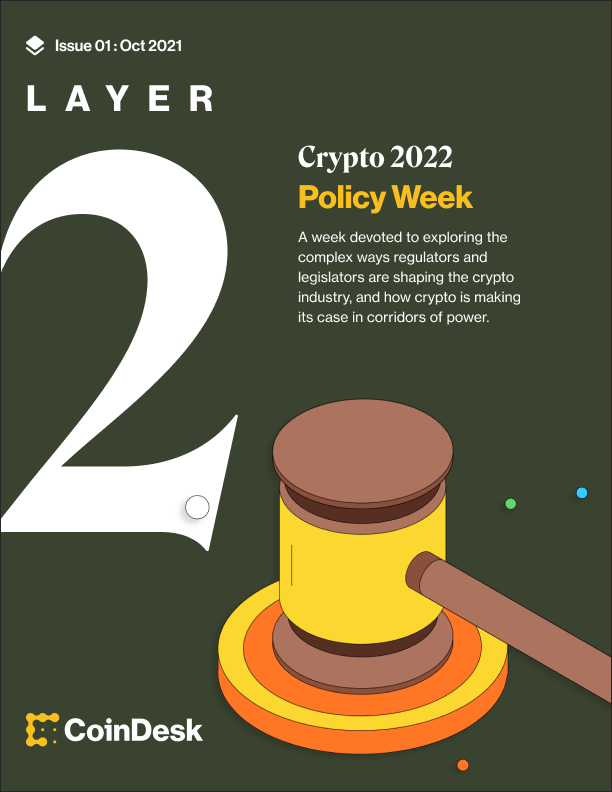For many people, trading cryptocurrencies simply involves buying and holding particular coins in the hope that the coins will appreciate in value over time. For other traders, however, trading cryptocurrencies involves reading the markets, studying price charts and identifying telltale signs that hint an asset might rise or fall soon.
Those telltale signs are known broadly as chart patterns and are characterized by specific shapes that appear in an asset's candlestick chart that typically foreshadow the next movement.
Read More: 4 Tips to Maximize Your Crypto Investment
Whether the technical indicators are self-fulfilling or the result of mass-market psychology continues to be a hotly debated topic, but what we do know is certain chart patterns tend to accurately predict changes in the market. The most prominent of those chart patterns are known as the death cross and the golden cross.
What is a death cross in crypto trading?
The death cross is a chart pattern that signals a growing weakness in an asset’s price. It comprises two separate lines called “moving averages.”
Each moving average line (MA) is formed by calculating the average price over a certain period of time and using those points to create a smoothed line. For example, for a five-day moving average, the average of each five-day subset is calculated and then a line is drawn that connects those data points.
If trading activity suddenly spikes bullish – more traders start buying an asset – the line will rise, and vice versa.
The death cross pattern uses the 50-day MA and the 200-day MA. These longer time frames mean that the lines are less affected by short-term movements and are therefore more useful for gauging long-term sentiment, or what the general tone of the market is.
:format(jpg)/cloudfront-us-east-1.images.arcpublishing.com/coindeskuat/4TWNIDT2IRFDNJFQPC2B6XWCOQ.jpg)
As the averages indicate, the 50-day MA is calculated using a much shorter time frame than the 200-day MA. This means the 50-day average tracks the short-term price more closely than the 200-day average does, and so when the 50-day MA line crosses beneath the 200-day MA line, it indicates that short-term momentum is in a decline versus the last 200 days. That usually indicates a change in the mid- to long-term price trend, and the divergence between the two lines (the 50-day MA crossing down through the 200-day MA) is what’s known as the “death cross.”
Despite the bearish connotations of a death cross, it’s often welcomed by some traders as an upcoming opportunity to buy the asset at a discounted price. As legendary American investor Warren Buffett once famously said, “Buy when there’s blood in the streets.” The expression essentially translates to buy when everyone else is selling.
:format(jpg)/cloudfront-us-east-1.images.arcpublishing.com/coindeskuat/MSLJOQLF4RBWPAQXS36K4W7URI.jpg)
/arc-photo-coindeskuat/arc2-prod/public/RQWTPZ7GK5FETFQ3DL4NBXO7IE.png)

:format(jpg)/s3.amazonaws.com/arc-authors/coindeskuat/ea7b29b1-90d0-4031-b512-565a93dcf0c8.png)
:format(jpg)/downloads.coindesk.com/arc/failsafe/user/1x1.png)